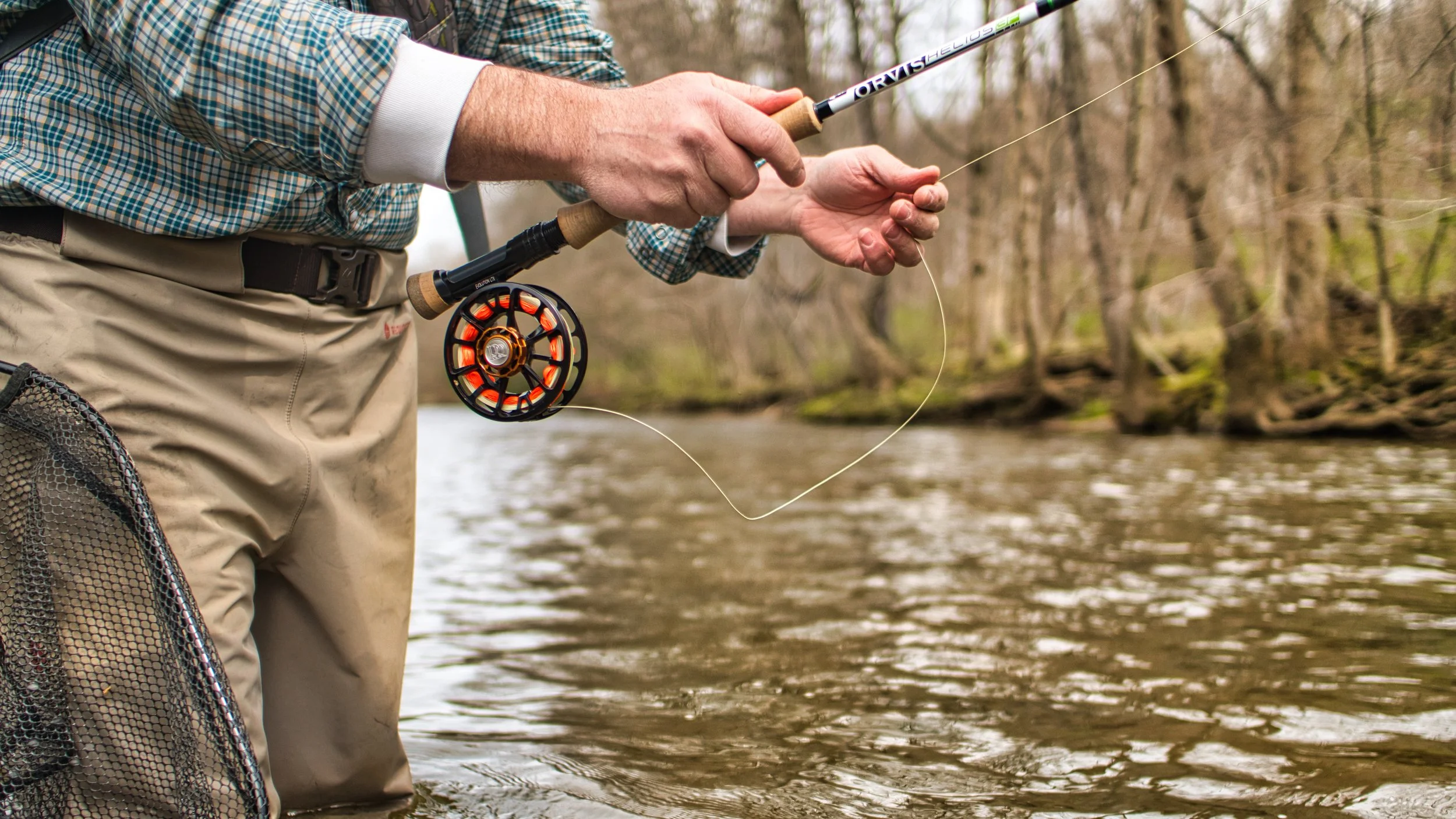Choosing the Right Rod for Your Fishing Adventures
When it comes to fly fishing, selecting the right rod can make all the difference in your experience on rivers, lakes, and streams. The Best fly fishing rods offer a combination of precision, sensitivity, and strength to handle a variety of fishing environments. Whether you’re targeting trout in a winding river, bass in a calm lake, or panfish in a sparkling stream, having a rod that suits your specific setting can elevate your performance and enjoyment. Understanding the different types of rods and their unique characteristics is essential to ensure you have the right tool for the job.
Rods for River Fishing
Rivers require rods that provide accuracy and control, especially in areas with varying currents. The Best fly fishing rods for rivers often feature a moderate action that allows for precise casts in tight spots and under overhanging trees. These rods need to be durable enough to handle snags and sudden strikes from fish while maintaining a responsive feel. Lightweight construction is preferred for long hours of casting without fatigue, while longer rods help you reach across the water efficiently. Investing in a high-quality rod for river fishing ensures smoother presentations and better hook sets.
Choosing Rods for Lakes
Fishing in lakes demands rods that can cover larger distances with longer casts and handle bigger fish. The Best fly fishing rods for lakes are generally longer and slightly stiffer to manage wind resistance and the open water environment. A rod that combines length with moderate to fast action will allow anglers to make accurate casts and control larger fish during the fight. Additionally, rods designed for lakes should be versatile enough to switch between different fly patterns and techniques, whether you’re stripping streamers or tossing dry flies. This versatility ensures you can adapt to changing conditions and maximize your catch.
Stream Fishing Essentials
Streams are often smaller and more technical than rivers and lakes, requiring rods that offer finesse and precision. The Best fly fishing rods for streams usually have a lighter action and shorter length to navigate narrow channels and delicate presentations. Stream fishing rods must be sensitive enough to detect subtle bites and allow for accurate placement of your fly in tricky spots. A responsive rod also helps in managing unexpected currents and tight corners. Choosing the right rod for streams will enhance your ability to make natural casts and increase your chances of landing fish in these challenging environments.
Material and Build Considerations
The construction of your fly fishing rod greatly impacts performance. Modern rods are typically made from graphite, fiberglass, or composite materials, each offering unique advantages. Graphite rods are lightweight and provide excellent sensitivity, making them ideal for most fishing situations. Fiberglass rods are durable and offer a smooth casting experience, which is preferred for slower presentations and fighting larger fish. Composite rods combine features of both materials to deliver a balance of strength, flexibility, and responsiveness. When selecting the Best fly fishing rods, consider the material that complements your preferred fishing style and target environment.
Action and Flexibility
Rod action refers to how much a rod bends under pressure. Fast-action rods bend mostly near the tip and provide quick power for longer casts and larger fish. Medium-action rods bend closer to the middle, offering a balance of power and finesse, making them versatile for rivers, lakes, and streams. Slow-action rods bend throughout the length of the rod, offering delicate presentations and smooth energy transfer, ideal for technical fishing in smaller streams. Understanding rod action ensures you choose the Best fly fishing rods that match your technique and improve casting accuracy.
Tips for Maintaining Your Rod
To get the most out of your Best fly fishing rods, proper maintenance is crucial. Rinse your rod with fresh water after each outing to remove dirt, sand, and debris. Check the guides and reel seat for damage and clean them regularly to prevent corrosion. Store your rod in a protective case to avoid unnecessary wear and accidental breaks. Regular maintenance prolongs the lifespan of your rod and ensures consistent performance every time you hit the water.
Conclusion
Selecting the Best fly fishing rods for rivers, lakes, and streams requires careful consideration of rod length, action, material, and intended use. By understanding the unique demands of each environment and matching them with the right rod, you can improve your casting, enhance fish detection, and increase your overall success on the water. Investing in a high-quality rod not only enhances your fishing experience but also ensures reliability and performance for years to come. Choosing wisely and maintaining your rod properly will allow every fishing trip to be as enjoyable and productive as possible.
